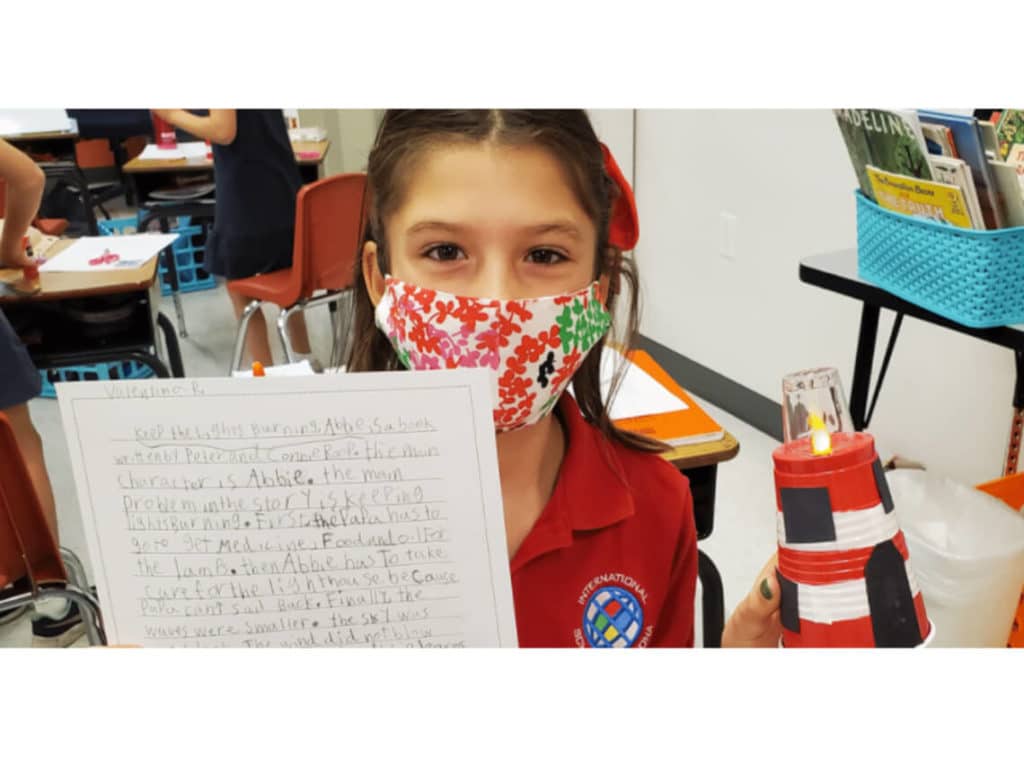Research has shown that immersion models of learning have a tremendous impact on children’s foreign language learning. Language immersion courses are effective in developing students’ fluency and other cognitive skills. Not to mention its influence on their future careers and proficiency in problem-solving. But why is the immersion teaching model so effective and how do second-language educators wield it to influence student success? As one of the top language immersion programs in Arizona, the International School of Arizona inspires, educates, and grows our students to be fluent second-language speakers.
What is Immersion Language Learning?
Immersion programs are educational institutions that include curriculum you’d expect from traditional schools. However, to identify as a language immersion school, the institute must spend at least 50% of its time learning a non-English language.
Second-language educators use modeling, manipulatives, and explanations to teach students curriculum in a non-English language. Moreover, as students become acquainted with the language, they will learn how to use it in each subject. As a result, educators will help students reach their ultimate goal: fluency in speaking, writing, and reading in another language.
The Benefits Immersion Programs Have on Language Learning
A prominent benefit to learning a second language is the language’s ability to activate different parts of our brain. While learning another language can be laborious for any individual, young students have an easier time getting results. Additionally, students develop academic skills that resonate with them throughout their educational careers and beyond.
Students who achieve fluency in another language benefit from increased neurological processing, meaning they’re more likely to learn and retain new information. Moreover, bilingual students will likely have greater attention to detail.
Also, studies have indicated that students who learn a second language acquire improved problem-solving skills. A study from 2004 found that bilingual youth were more successful in solving puzzles and other problems than single-language students. Therefore, language learning has a tremendous impact on critical thinking skills and gives children the ability to plan, solve, and perform demanding tasks.
Immersion Techniques to Promote Effective Learning
As mentioned, language learning can be a laborious task for anyone. That is why it’s important for educators to develop effective strategies to use in their classrooms. This may involve several methods including:
- Storytelling
- Developing personalized tasks
- Creating language standards
- Using authentic assessments
- Incorporating online resources
- Connecting with the culture
- Building upon the primary and secondary language
Give Your Child the Gift of a Second Language with the International School of Arizona
For 22 years, the International School of Arizona has helped students evolve, adapt, and grow through our immersive language learning program. We focus on early childhood (pre-K and kindergarten), lower school (grades 1-5), and middle school (grades 6-8) development. Our staff is committed to your child’s success and we work tirelessly to push them forward. Contact us today to learn how our talented staff can help your child.



